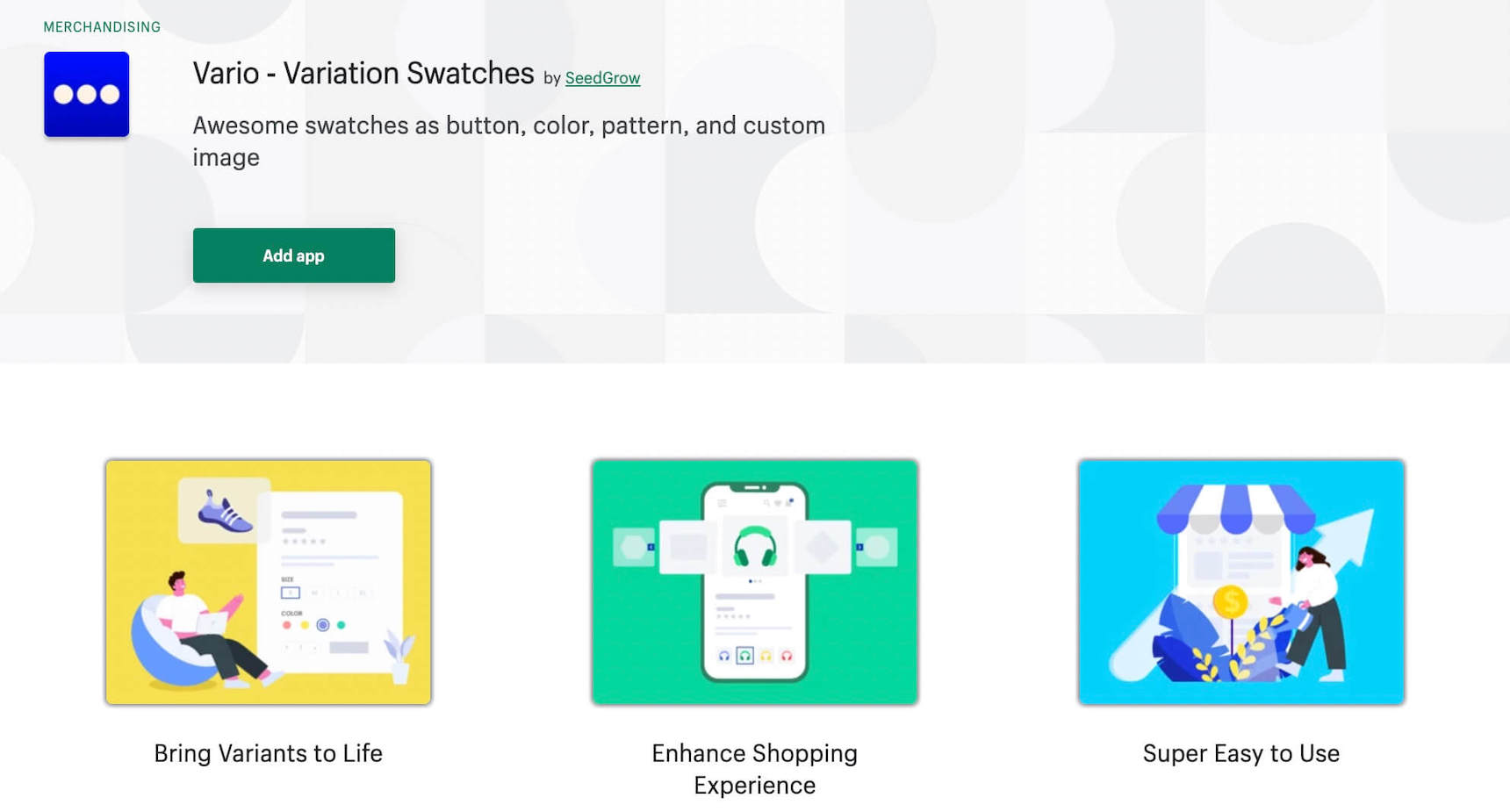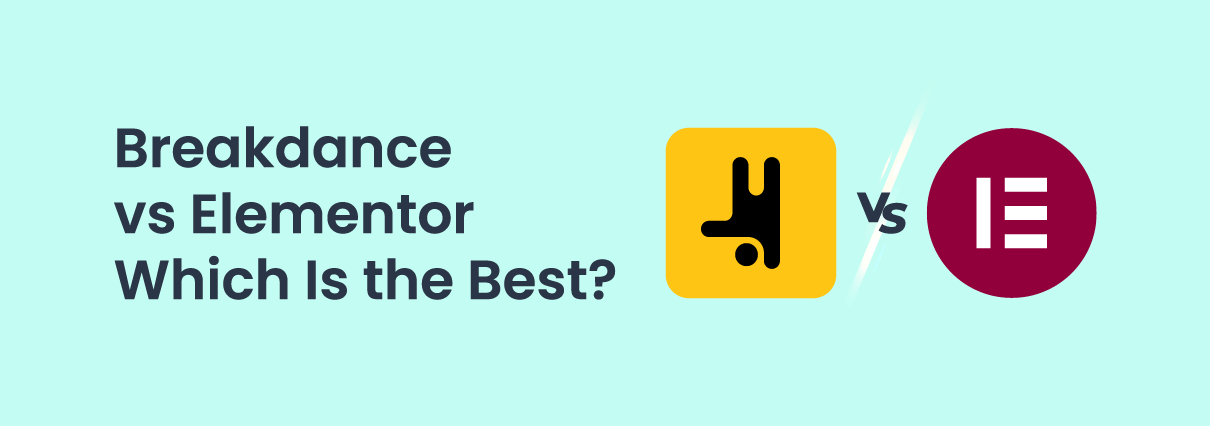No eCommerce website solution is likely to be perfect, Shopify has been able to build user trust in the shortest possible time. Despite being a recognized name in the eCommerce domain, a few flaws are making businesses not opt for this platform as their top priority.
From the perspective of merchants, E-commerce Shopify poses some drawbacks, some of which are critical, as I review below.
1. Shopify still takes sales commission

The thing I find the most ridiculous is that a small amount of sale value is taken by Shopify as a commission. Why? My logic is simple. If they are marketers spending time and money to promote my products, then I’d be more than happy to have my money deducted. Or if they make an appealing showcase for my products, the commission would be considered reasonable. However, in this case, I already paid for my online store to be set up, I did the hard work to get my products out there, and yet, I still have to pay the Shopify commission.
What’s worse, they don’t explicitly state this commission in their pricing plan. Many store owners skip this on the way to setting up their store, thinking to do it later, focusing on getting the store up and running.
2. Shopify has payment gateway lock-in
To protect its commission-based model, Shopify introduced a payment gateway service. In my opinion, this is a bad practice for today’s eCommerce industry. A good procedure should not be the monopoly of one authority. One-choice option never does good for the community since it limits innovation, and encourages exploitation.
Borrowed from Stripe, this gateway service is provided, not controlled by Shopify. That’s why it causes many problems for SMEs in withdrawing their monthly revenue. Try the search term ‘Shopify holding my payment’, and you will find why people are turning their backs on Shopify’s e-commerce ecosystem.
When a vendor is using Shopify Payments alongside PayPal, they won’t be charged a transaction fee on payments made through PayPal. But if you didn’t use Shopify Payments in conjunction with PayPal, Shopify would charge you a 1% transaction fee for any order placed with a third-party gateway.
3. You can’t create product category levels
You can group your products into collections and then show them as categories to your customers.
Other available ways of getting products organized include product type, vendor (sold by), and multiple tags. However, all of them act merely like tags in WordPress, not a multi-level order.

That said, even a hierarchy as simple as Women > Accessories > Handkerchief level can’t be built within Shopify. My clients were frustrated with this a lot.
The search bar alone can be good enough but systematic levels are essential to big online shops with a wide range of products. Since online stores also should organize their items neatly, it should be made much easier to manage the store flow.
4. Shopify doesn’t offer a mobile shopping app solution
The world is moving towards mobile. Having mobile shopping app is a great way to place your store in your customer’s pocket. Not having part of their core offering greatly limits store owners’ capability to grow business on mobile. I found one on their app store, but you cannot modify it, the code is not exposed and it has a bad shopping experience.
5. Hard to get returns and refunds
Customer-driven solutions and satisfaction guarantees are prerequisites at other shops, without which Shopify functions got a big limitation. Those who want to encourage paying customers to stick to their store must give an easy return and refund process. That will not only boost sales but also increase customer affinity.
6. Shopify provides less and less premium support
Shopify help desk can be enthusiastic in your first time call for help. But they are not assisting you step by step in the whole process of managing your online business.
The support staff doesn’t solve the problem, but they direct merchants to either forums, self-help articles, or encourage store owners to learn some coding. I believe a problem should lead to a solution, not another problem.
Through time, Shopify pushes the burden onto the app developers and lets the problem be considered app incompatibility.
7. Limits in product variations
While we can’t complain about the limited allowance of the Shopify platform in terms of product amount, there are some rules that merchants have to play along with. For instance, each product has a maximum of 3 options. And you cannot have more than 100 variants per product.
To make it up for their shortcomings, Shopify has recently encouraged new developers to join Shopify Unite and develop new apps in order to enrich the e-commerce functionality.
With a modern app like Vario – Variation Swatches, merchants can bring Shopify product variants to life by customizing the swatches. Now, we can make the product page a vibrant space and attract more and more customers.
Wrapping up
There are a variety of frameworks and platforms from which you can pick one for your future online business. Shopify may well live up to the hype now but it’ll be becoming hard for you to have customizable functionality and tailored support.
WordPress and WooCommerce could be confusing at first, yet you can have full control of your store over time. And thus, your investments pay off.
That’s why, here at Ninja Team, we are committed to your satisfaction. With every WordPress solution, we want to deliver it right and just the way clients want. You’re probably not in need of us right now, but let’s get in touch at the Facebook Messenger chatbox below to see how we can build more great things together.
Still, if Shopify is your thing, check out 200+ Shopify CMS Templates here!





